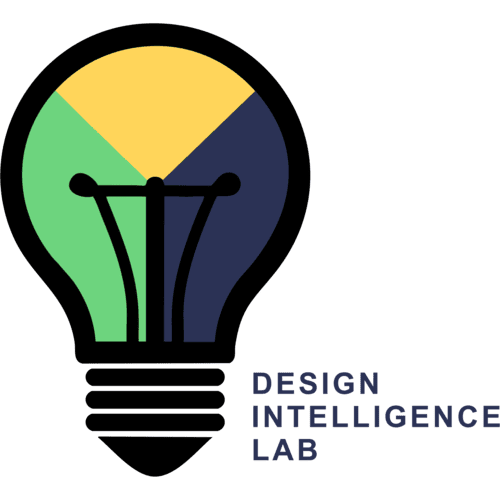Abstract
Analogies play multiple roles in cognition. In this paper, we explore the roles of analogy in collaborative interdisciplinary design. We describe two analyses of a case study of a design team engaged in biologically inspired design. In the first analysis, we sought to understand the multiple roles of analogy in interdisciplinary design. The goal of the second analysis was to understand the relationship between analogy and collaboration. During this latter analysis, we discovered another, unexpected, role for analogy: resolving cognitive dissonance. Cognitive dissonance typically refers to the mental discomfort a person experiences when simultaneously holding two conflicting goals, values, beliefs, thoughts or feelings. We observed that interdisciplinary design teams too have cognitive dissonance. We also observed that analogies play an important role in helping induce shifts in the perspectives of teammates, align their mental models, and thereby resolve the cognitive dissonance in interdisciplinary design teams. We discuss some implications of our observations for developing case-based systems for collaborative interdisciplinary design.
On the role of analogy in resolving cognitive dissonance in collaborative interdisciplinary design
